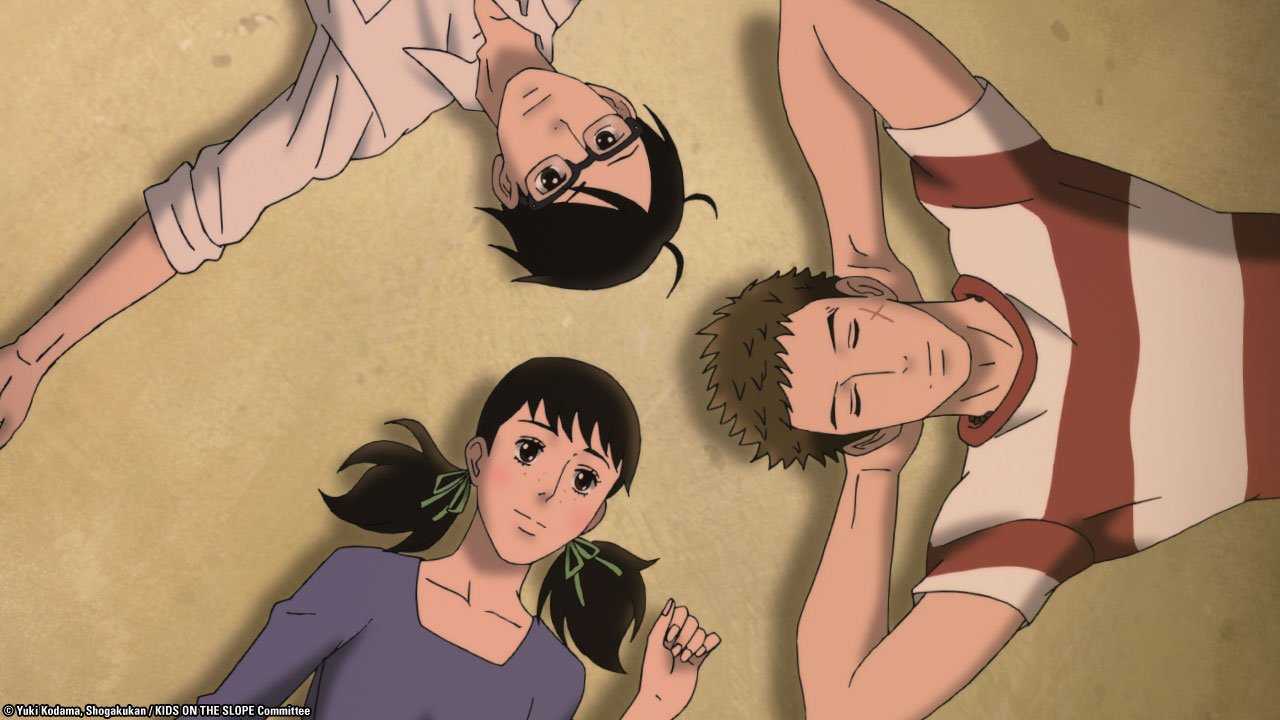Welcome back to the appointment dedicated to anime, in particular those in the VVVVID catalog, and to their comparison with manga: today we present Jammin ‘Apollon, by Yuki Kodama
In the transition from adolescence to adulthood, all of us have experienced experiences that will remain etched in our minds. Timeless stories that have shaped us, forging the character and the body, allowing us to move towards the responsibilities of life with much more awareness than we had in the years of growth.
These are the stories that most attract us, in a book as in a film, because they respect a part of our experience indelibly marked on our skin, allowing us to relive the past as only nostalgia can do.
Jammin’ Apollon, lett. “Apollo on the Slope”, written and illustrated by Yuki Kodama, is a hymn to adolescence, first loves and life events that inevitably change us. A melancholy poem addressed to the past, seen with the eyes of friendship, the one with a capital “A”.
The manga, serialized from 2007 to 2012, it was later collected in nine volumes plus a Bonus Track album, which shows the main characters after the completion of the work. The Italian edition of the manga is the work of Panini Comics, who published the story from 2013 to 2014.
One is taken from the work anime tv series subtitled Kids on the Slope. Produced by MAP in collaboration with Tezuka Productions, and directed by Shin’ichirō Watanabe, the series aired in 2012 on Fuji TV.
The anime is available for viewing on the streaming platform VVVVID.
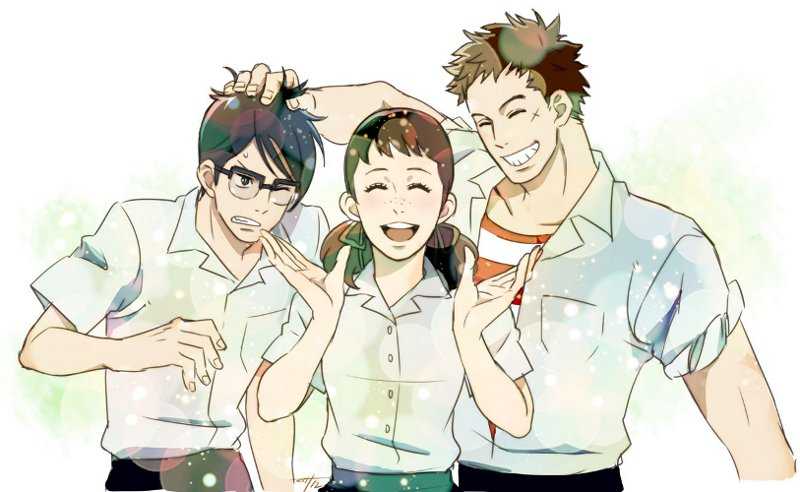
Plot | Jammin ‘Apollon by Yuki Kodama
Beginning of the summer of 1966. Due to the work situation of the father, the student Kaoru Nishimi he is forced to move from Yokosuka to Kyushu, to live with some relatives. Kaoru, hitherto rather reserved model student, changes radically after meeting the “bad boy” Sentaro Kawabuchi, with whom he forms a strong friendship; it will be this that will change it slowly. Under the influence of Sentaro, Kaoru discovers her love for jazz music and the values of true friendship. And by combining the two, he discovers how much fun it can be to play with a friend.
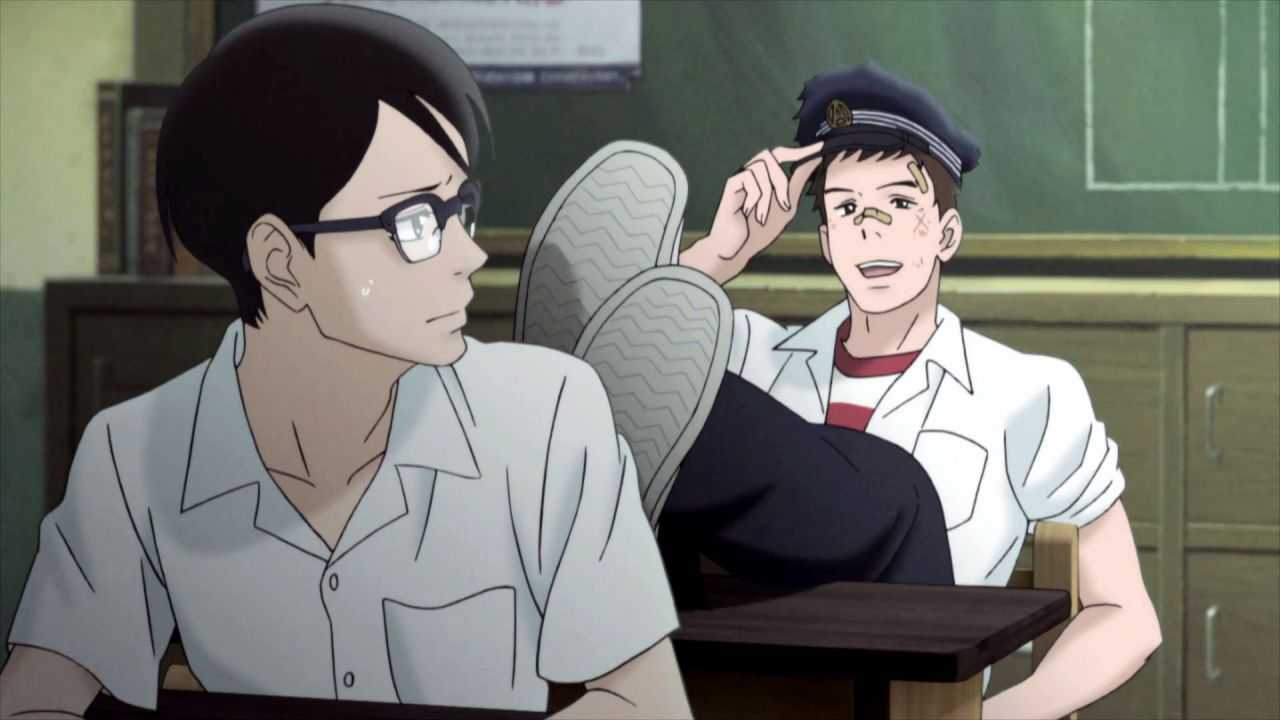
Jazz music | Jammin ‘Apollon by Yuki Kodama
The manga use music to tell a story, and the musical instrument as a means through which to filter the emotions of their protagonists and allow the reader to touch them with his hand. The suffering, the joy and the passion of the protagonists go to season a product that looks well done right from the start.
Sometimes life is like Jazz: it takes an unexpected direction
In presenting the protagonists of the story, perfectly pigeonholed within the stereotypes of the genre, the manga takes the right direction combining psychological introspection with the love of music; especially for Jazz music. Beyond the daily worries, of a past that comes back knocking on its door, music seems to be the only element of union and peace, projecting the characters of the story into timeless scenes.
And this is how the two friends will end up using music as a means of expressing themselves, allowing their relationship to grow and their fears to drift apart.
In this sense, therefore, life is like Jazz: full of improvisations, of unexpected events which, despite everything, we are forced to follow.
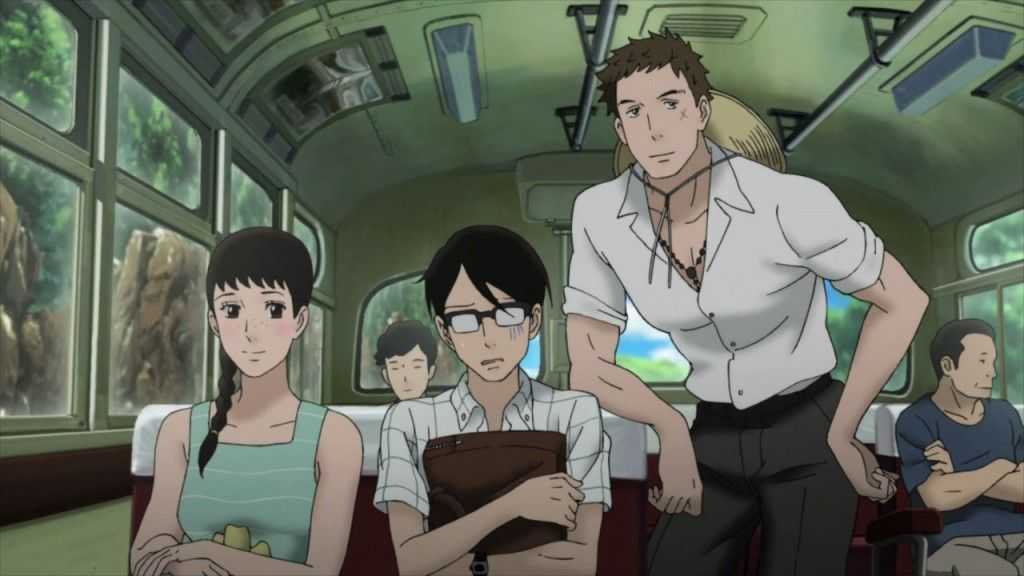
The value of friendship | Jammin ‘Apollon by Yuki Kodama
The attention is focused on a few essential characters, who, however, are outlined in an exemplary way.
In addition to the two protagonists, they stand out Ritsuko Mukae, Sentaro’s childhood friend and daughter of the owner of the record shop where the two boys meet to play; Junichi Katsuragi, a university student and idol of Sentaro; Finally, the beautiful Yurika Fukahori, girl of good family.
While the action focuses mainly on Kaoru and Sentaro, the other characters are left with enough space to make themselves known. Their events, in fact, although marginal, influence the course of the story, dedicating to the spectators scenes of strong emotional impact and great drama.
In human relationships, especially when it comes to teenagers, nothing is more intense than a first love, the first true friendship, one’s greatest passion. And it is precisely these feelings that move the protagonists of the story, able to offer us a personal development very similar to reality, to allow us to see our personal experience reflected.
Although the socio-cultural context plays a fundamental role in the formation of the two boys, friendship however remains the pivot of the story (certainly idealized and not at all virile, but still convincing). The two young people, with opposite personalities and struggling with unrequited loves, struggle every day with the jagged world of adolescence; taking us back to the teenage years, when every little thing seemed huge and fundamental and every love unique and unrepeatable.
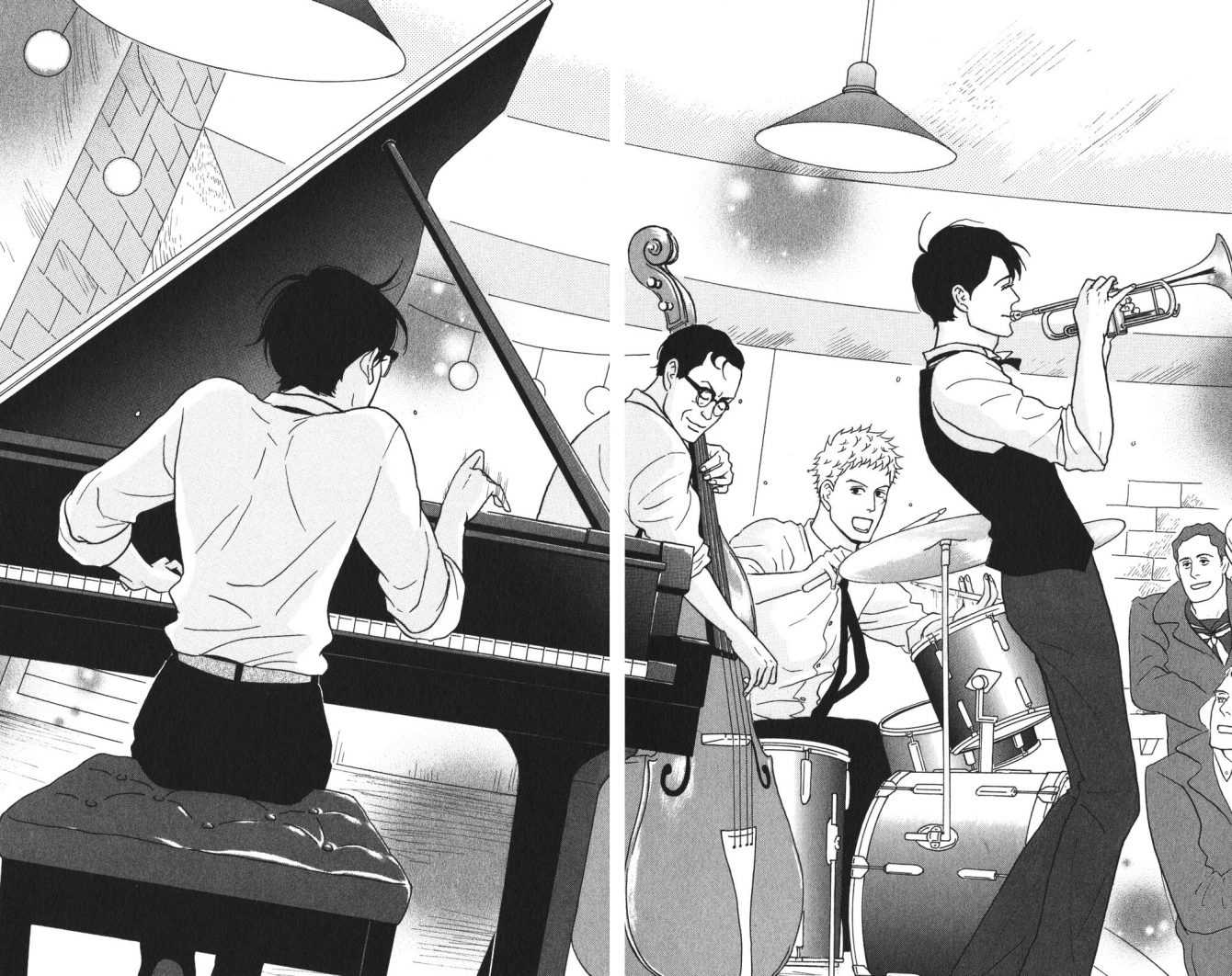
Conclusions
When the question arises: is manga or anime better? it is usually very easy to answer. Most of the time, paper takes us into unexplored worlds, much more than anime will ever do.
In this case, however, the situation is in the limelight.
The collaboration between the director Shinichirō Watanabe and the composer Yōko Kanno raises the quality of this work definitely above average, making it an emotionally engaging and visually remarkable work.
The music and the soundtracks they are the real highlight of the whole story, made just as real by an amazing animation. In fact, the musical performances received the highest praise from the critics; absolutely able to synchronize the movements of the characters with the music.






